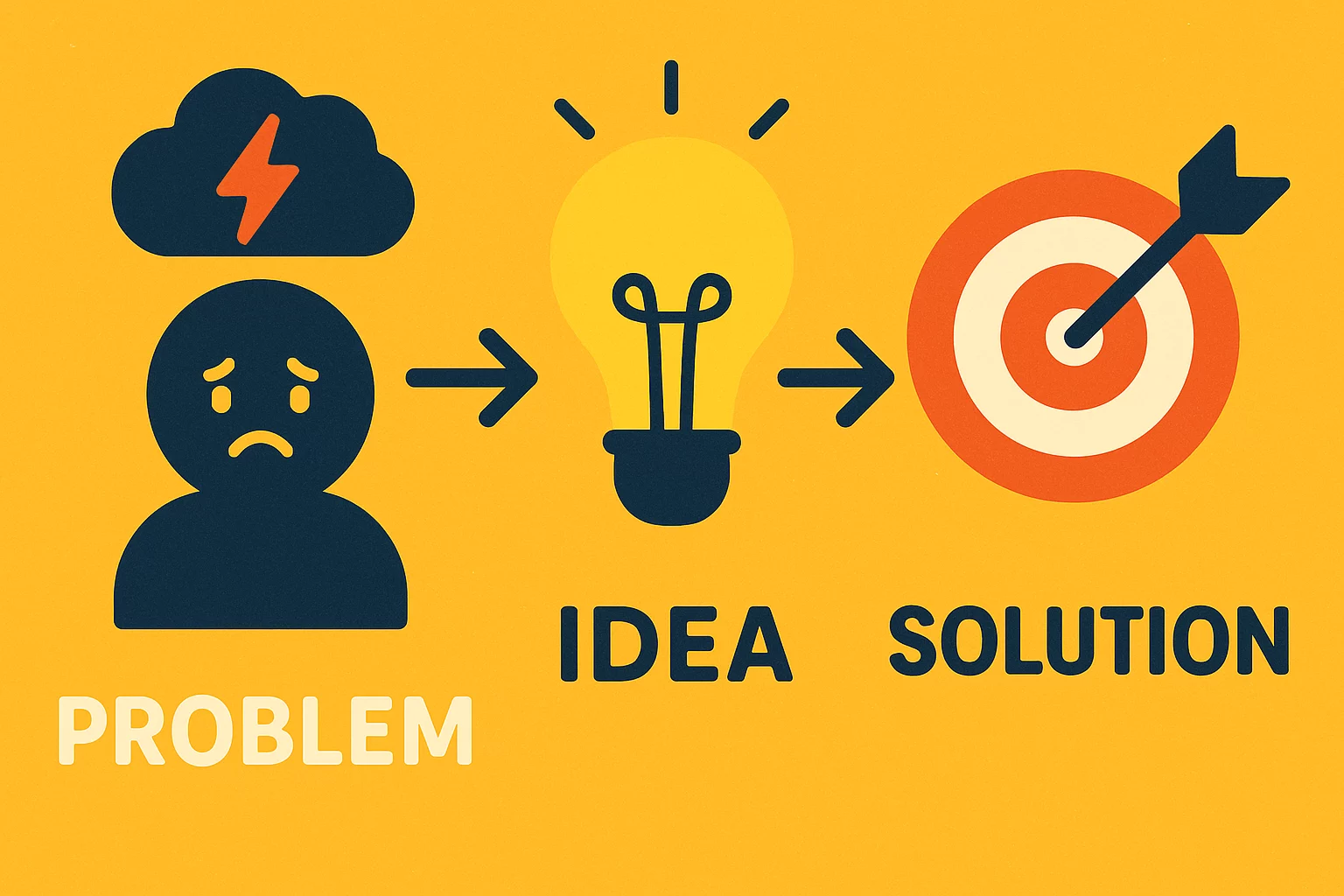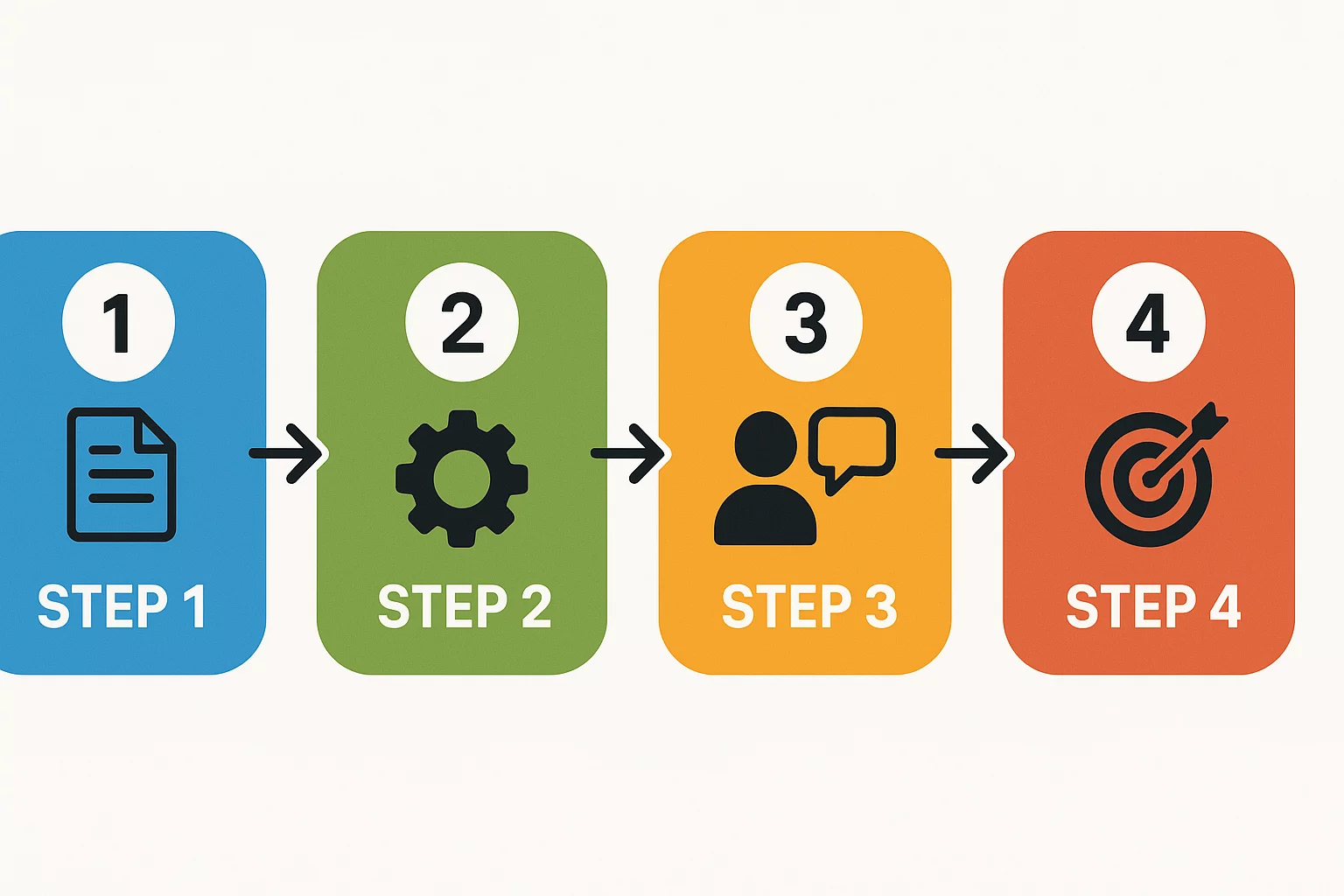You have a clear vision: a state-of-the-art solar module factory. Your business plan is solid, your projections are optimistic, and your funding is in place. On paper, every variable is accounted for. But the success of an industrial project isn’t just about planning for the expected—it’s about preparing for the unexpected.
While a detailed budget is the foundation of any new venture, a truly resilient financial plan goes a step further. It anticipates the unforeseen challenges inherent in any large-scale industrial undertaking. Building this foresight into your budget from day one is the hallmark of a professional approach and a critical factor in your long-term success.
The Two Pillars of Financial Resilience: Contingency and Insurance
To protect your investment and your project’s timeline, your financial plan must rest on two essential pillars: a contingency fund and comprehensive insurance coverage. These aren’t signs of a weak plan; they are integral components of a strong one.
A Contingency Fund is a dedicated portion of your budget set aside specifically for unforeseen costs. It acts as a financial buffer, absorbing the impact of unexpected events without derailing the entire project. Think of it as planned flexibility for an unpredictable world.
Insurance Coverage is your shield against specific, significant risks. While a contingency fund covers smaller, more probable issues, insurance protects your venture from catastrophic events like damage to equipment in transit or major on-site accidents.
Why Standard Budgets Fall Short: Uncovering Hidden Risks
Relying solely on baseline cost estimates is a common but critical mistake. Real-world projects are dynamic, subject to influences far beyond your direct control. Industry data consistently highlights the gap between planning and reality.
A 2022 report by the Global Industrial Project Monitor found that nearly 40% of new factory constructions face significant delays, with over half of those experiencing budget overruns of 15% or more. These overruns rarely stem from a single source but often result from several interconnected challenges.
Project Delays and Supply Chain Disruptions
In today’s globalized economy, your factory’s components and machinery will travel thousands of miles. This intricate supply chain is efficient but also vulnerable. Port congestion, customs clearance issues, or logistical bottlenecks can push your timeline back by weeks or even months. Industry analysis shows that international industrial projects face an average of 45 days of delay from supply chain issues alone, with each day adding to labor and operational costs.

On-Site Challenges
No amount of remote planning can fully predict the conditions on the ground. You might encounter unforeseen geological issues that require additional foundation work, delays in securing local permits, or shortages of skilled regional labor. These on-site realities directly impact both your schedule and your budget.
Equipment and Technology Integration
The heart of your facility is its production line. The commissioning phase—where equipment is installed, calibrated, and tested—is a highly technical process. Even with the highest-quality machinery, minor integration issues can arise that require specialist intervention and lead to potential downtime. A financial cushion for this phase ensures you can resolve these technical hurdles without compromising on quality or speed.
A Practical Framework for Your Financial Safety Net
Building a financial safety net isn’t about guesswork; it’s about methodical, experience-based planning. An experienced partner can guide you in allocating these resources effectively.
Calculating Your Contingency Fund
How much should you set aside? While the exact figure depends on your project’s location, complexity, and scale, a widely accepted benchmark is a contingency fund between 10% and 20% of the total project cost.
A project in a stable, predictable regulatory environment might aim for the lower end of this range. A more complex project in an emerging market, where logistical or administrative hurdles are more common, should budget towards the higher end.
This fund should be a formal line item in your budget, not simply leftover capital—it’s a strategic tool for risk management.
Identifying Essential Insurance Coverage
The right insurance policies add a critical layer of security to your investment. For a turnkey factory project, several types of coverage are non-negotiable.
-
Construction All-Risk (CAR) Insurance: This policy provides comprehensive protection for the construction phase itself, covering physical damage to the site and equipment from a wide range of perils.
-
Marine Cargo Insurance: Your production equipment is your most valuable asset in transit. This policy covers loss or damage to your machinery from the moment it leaves the manufacturer until it arrives safely at your site.
-
Business Interruption Insurance: Often overlooked, this coverage is vital. If an insured event (like a fire or major equipment failure during commissioning) delays the start of your operations, this policy can compensate for lost income, helping you cover fixed costs until the factory is running.

Navigating these insurance requirements is a complex task where an experienced partner’s guidance is invaluable. They understand the specific risks associated with the equipment and processes involved in turnkey factory solutions.
Frequently Asked Questions (FAQ)
What is a typical contingency percentage for a new factory?
For a turnkey solar module factory, experienced project managers recommend a contingency fund of 10-20% of the total project cost. The final percentage depends on factors like geographic location, supply chain complexity, and the novelty of the technology being installed.
Isn’t insurance an unnecessary expense?
Quite the opposite—insurance is a strategic investment in risk mitigation. The cost of a policy is minimal compared to the potentially devastating financial impact of a major event, such as a fire during construction or critical machinery being damaged during shipping. It secures the long-term viability of your entire project.
How can I anticipate risks in an unfamiliar market?
This is where an experienced global partner proves their value. A team that has successfully delivered projects in various regions, particularly emerging markets, has the firsthand knowledge to anticipate local logistical, regulatory, and labor-related challenges. This expertise is a core part of a professional project management process.
Does a turnkey provider help manage these financial risks?
Yes, a true turnkey partner does more than supply machines. They provide comprehensive project management that includes risk assessment from the very first conversation. They help you build a realistic budget that includes contingency planning and guide you on the necessary insurance coverage to protect your investment from start to finish.

A successful industrial venture is built on a foundation of realism and foresight. By incorporating a robust contingency fund and comprehensive insurance into your financial plan, you aren’t planning for failure; you’re engineering for success. This disciplined approach transforms your business plan from a document of intent into a resilient roadmap for a profitable, long-term operation.
Planning a project of this scale requires careful consideration of all variables. We would be happy to discuss your vision and help you build a resilient financial plan.
Contact us today to speak with an expert.
